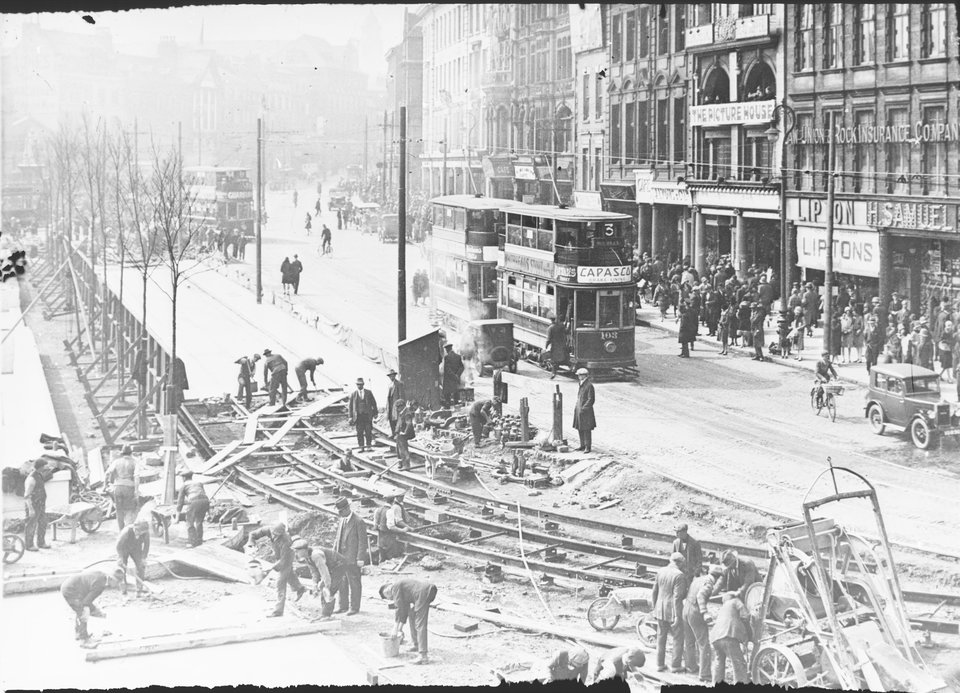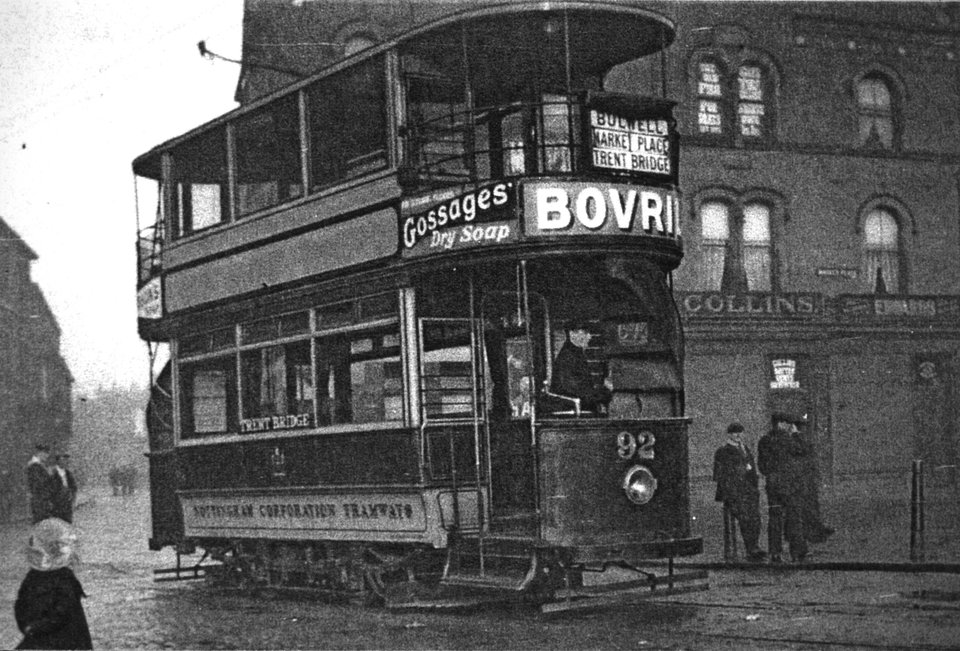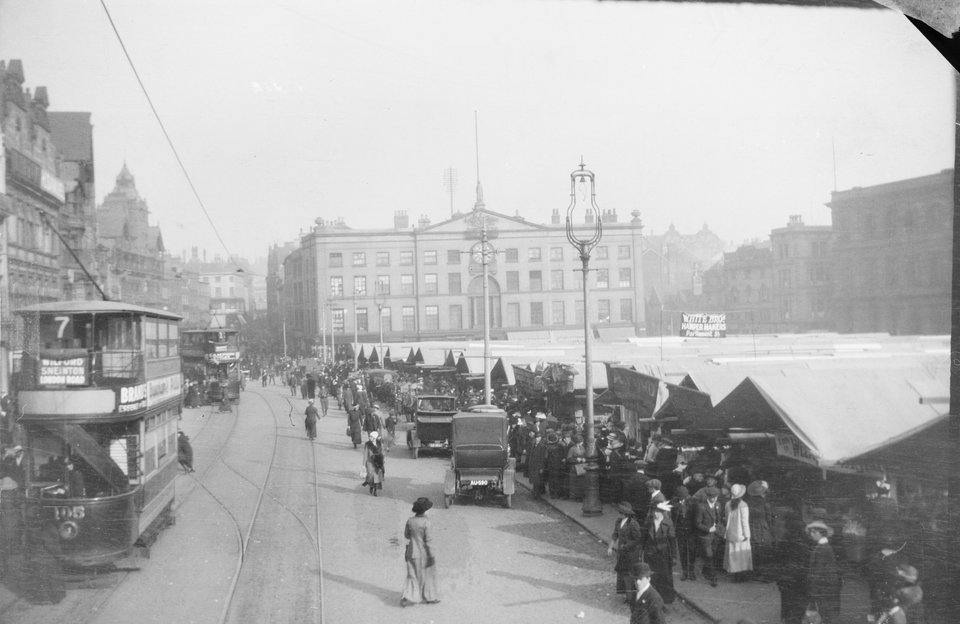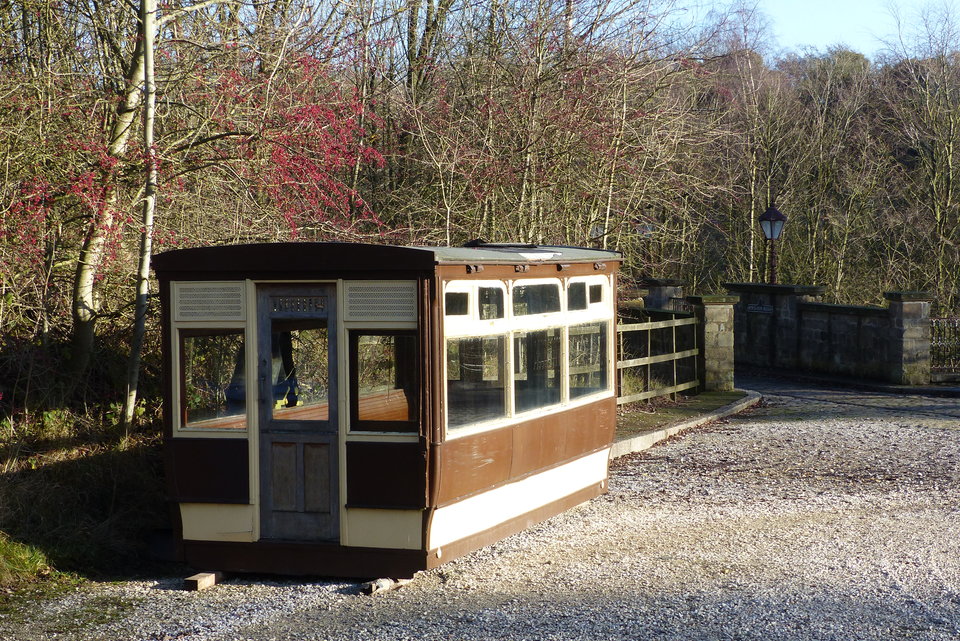Nottingham Corporation Tramways 92
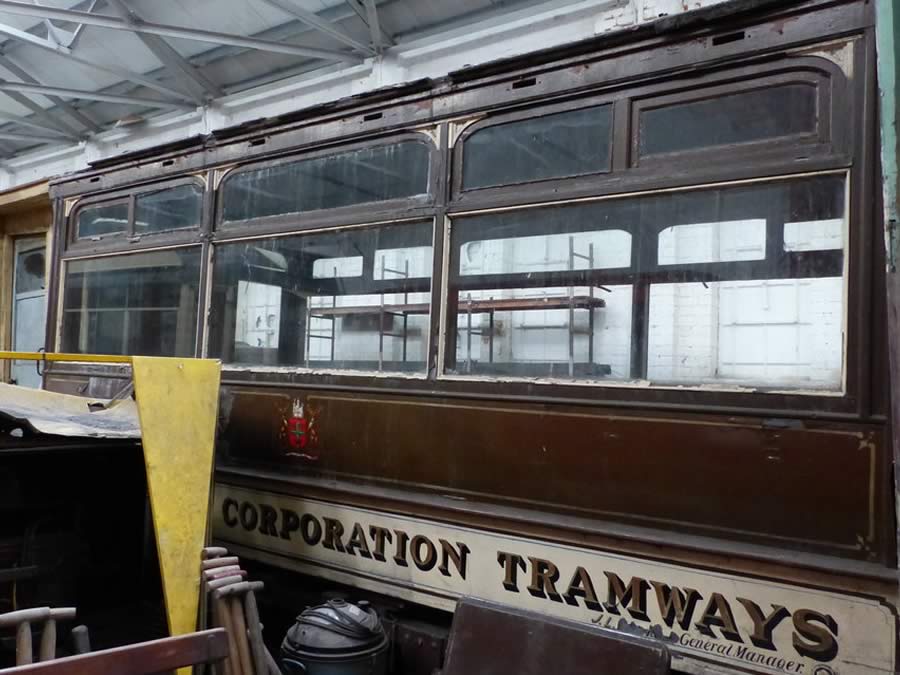
Photo: Jim Dignan
Many of the early first generation tramway operators opted for standard ‘off-the-peg’ products from one of several volume tramcar manufacturers and Nottingham Corporation Tramways were no exception. Nottingham 92 was purchased in 1902 from the Electric Railway & Tramway Carriage Works in Preston as a typical three-window saloon open topped double deck tram with reversed stairs and, as such, it closely resembled countless other tramcars in service with various operators around the country. It did have one distinctive Nottingham feature, the deeper quarter-lights.
Some operators (such as Bristol) maintained their fleet in a largely unchanged state until the tramways were eventually replaced by bus services, but in general operators soon realised that upgrading their trams – for example by covering the open top deck -would be likely to result in increased revenue, especially when it was raining. The different varieties of top cover which were fitted from the mid-1900s onwards and other less drastic modifications over time heralded the move away from each town’s trams looking similar.
Nottingham Corporation opted for the latter approach, at least in the early years, though the modifications it introduced were not popular with everyone. The first adaptation was made in 1904, when No. 92 was fitted with a standard flat roof top cover obtained from the original supplier.
Specification
- Type of tram
- Electric 4-wheel double deck passenger tram, originally open-topped with open balconies on the lower deck
- Livery
- Maroon and cream
- Seating capacity
- 56 (34 on top deck; 22 downstairs) in its original
- Date built
- 1902
- Manufacturer of body
- Originally Electric Railway and Carriage Co; replacement Brush lower saloon body fitted in 1923.
- Manufacturer of truck
- Originally Brill 21E
- Gauge
- 4’ 8½”
- Motor
- Originally 2x DK3A3 35hp
- Controller
- Originally Dick, Kerr type DE1B
- Current collector
- Originally Trolley pole with swivel head
- Modification
Top cover attached some time before 1912.
Roller blind indicators replaced earlier route boards in 1912. Side lifeguards inserted under the platforms in 1916.
1923 Rebuilt, incorporating newly purchased vestibule lower deck with forward facing stairs.
New DK30B 40 hp motors and DB1 K3 controllers added at the same time- Withdrawn from service
1934 (probably May)
- Subsequent history
Dismantled and lower body sold (minus fittings and truck) to become a holiday letting at a caravan park at Torksey in Lincolnshire where it remained until 1985. Repainted in a non-standard brown livery at some point.
- Restoration history
Initially acquired by the Nottingham Industrial Museum but was then passed on to the Tramway Museum when the scale of the restoration task became apparent. Placed into long-term off-site storage, where it remains.
- Current status
- Stored in incomplete and unrestored state
- Date started operating at Crich
- N/A
- Total mileage covered at Crich
- N/A
- Current location
- Off-site storage facility
- Future plans
Possible future restoration project.
- 1902 – 1934Operational on original tramway
- 1934 – 1985Lower body sold and converted to holiday accommodation
- 1985 – In storage

